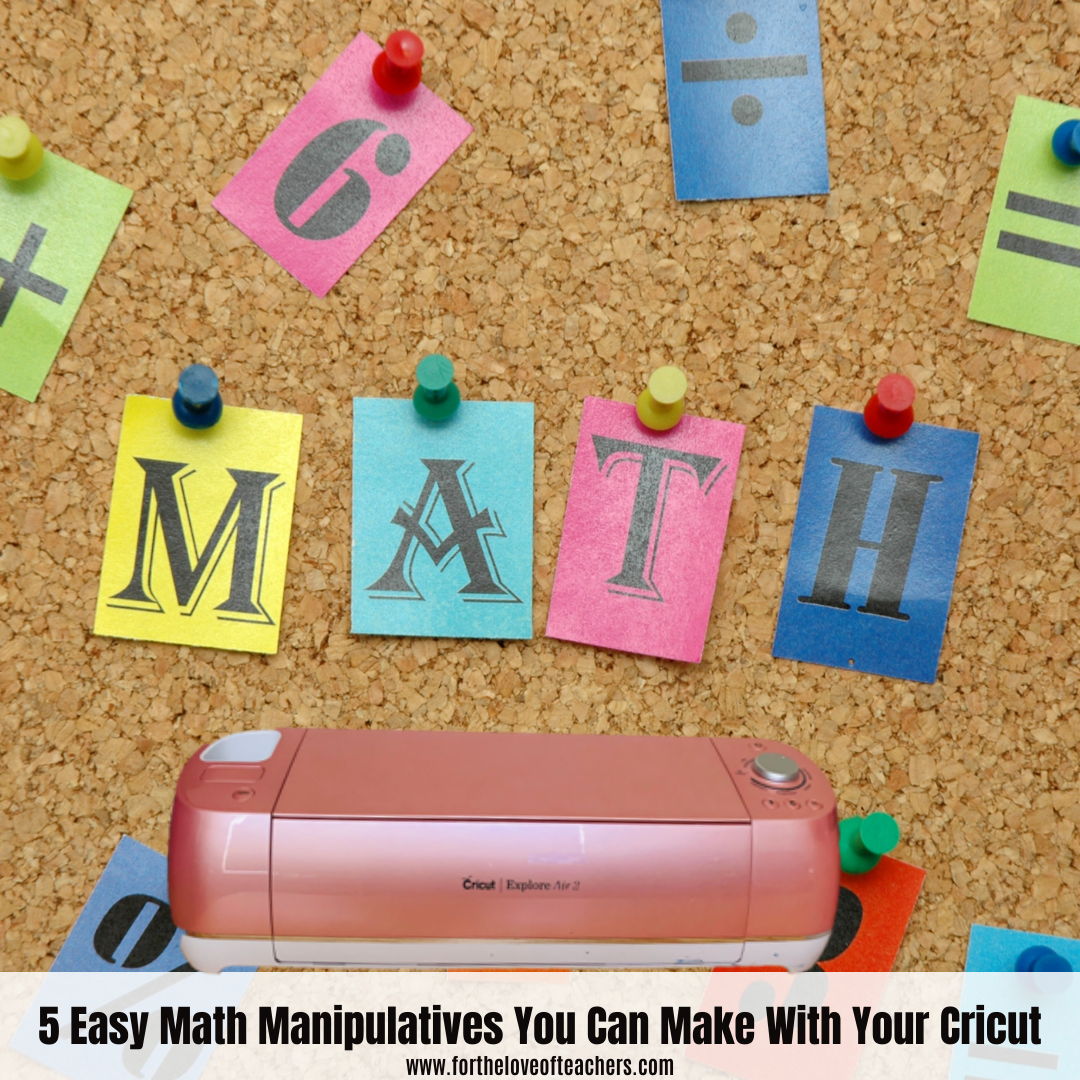
After spending time integrating math manipulatives into lessons, the ‘no sharing’ policies that came along with Covid felt like a particular blow. Manipulatives give children an engaging and active way to ‘hold’ concepts in their hands. And so much math had been held in those little hands! As committed as I am, bleaching pattern tiles every night was not high on my list of things to get through when we were in class, and the budget didn’t allow for every student to have every manipulative that I would have liked. Fortunately, my basic design skills and rudimentary craft supply box were enough to get me through with the use of my Cricut digital paper cutter. In honor of the beginning of another season, I wanted to share my top 5 easy, paper-cut math manipulatives you can make with your Cricut.
But first, what is a digital paper cutter? A digital paper cutter cuts shapes that you load into its software through your computer. There are many digital paper cutters on the market, including the Cricut brand, Silhouette, and the Brother ScanNCut. They all perform the function of taking shapes from your screen and precisely cutting them onto the materials you load, namely paper. By using a machine I am able to cut out hundreds of shapes, simple or complex, without the scissors. This has made crafts, science experiments, and now even math, faster to prep for. There are many brands of digital paper cutters out there and many of them can be used to make these top five math manipulatives.
Pattern Blocks
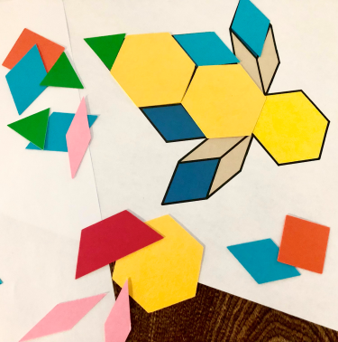
Pattern blocks are probably one of my most frequently cut projects. I use pattern blocks all the time in the classroom with laminated sheets for the kids to use at their stations. Nowadays I print the sheets and use paper cut blocks instead of the traditional wood or plastic. Cutting my own out of paper means I can use paper with fun patterns and kids can glue the blocks down if they like. There are also lots of options for materials, including pre-laminated paper, craft foam, and even felt.
Here’s a free pattern block SVG file for your Cricut! To use, right-click on the pattern block image below, and open the image in a new tab. Save the image. Then open your Cricut Design Space program, start a new project, and ‘Upload” the file from where you saved it. It will then appear in your Cricut design space. Happy cutting from there!
Fraction Tiles
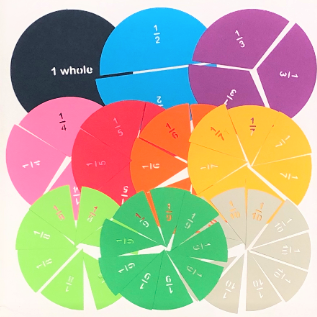
Fraction tiles have become a big winner for kids who are a little older. I even use these as a visual cue for my grade 6’s! You can cut tiles as wedges or squares with or without the fraction cut from the middle. I cut mine from paper and have kids write the corresponding fraction inside- it helps the tiles lay flat over time and makes storage in pencil cases easier. We start our lessons by laying out the tiles in order of size as a visual and tactile reinforcement. The SVG for this file is purchasable here.
Counting Cards
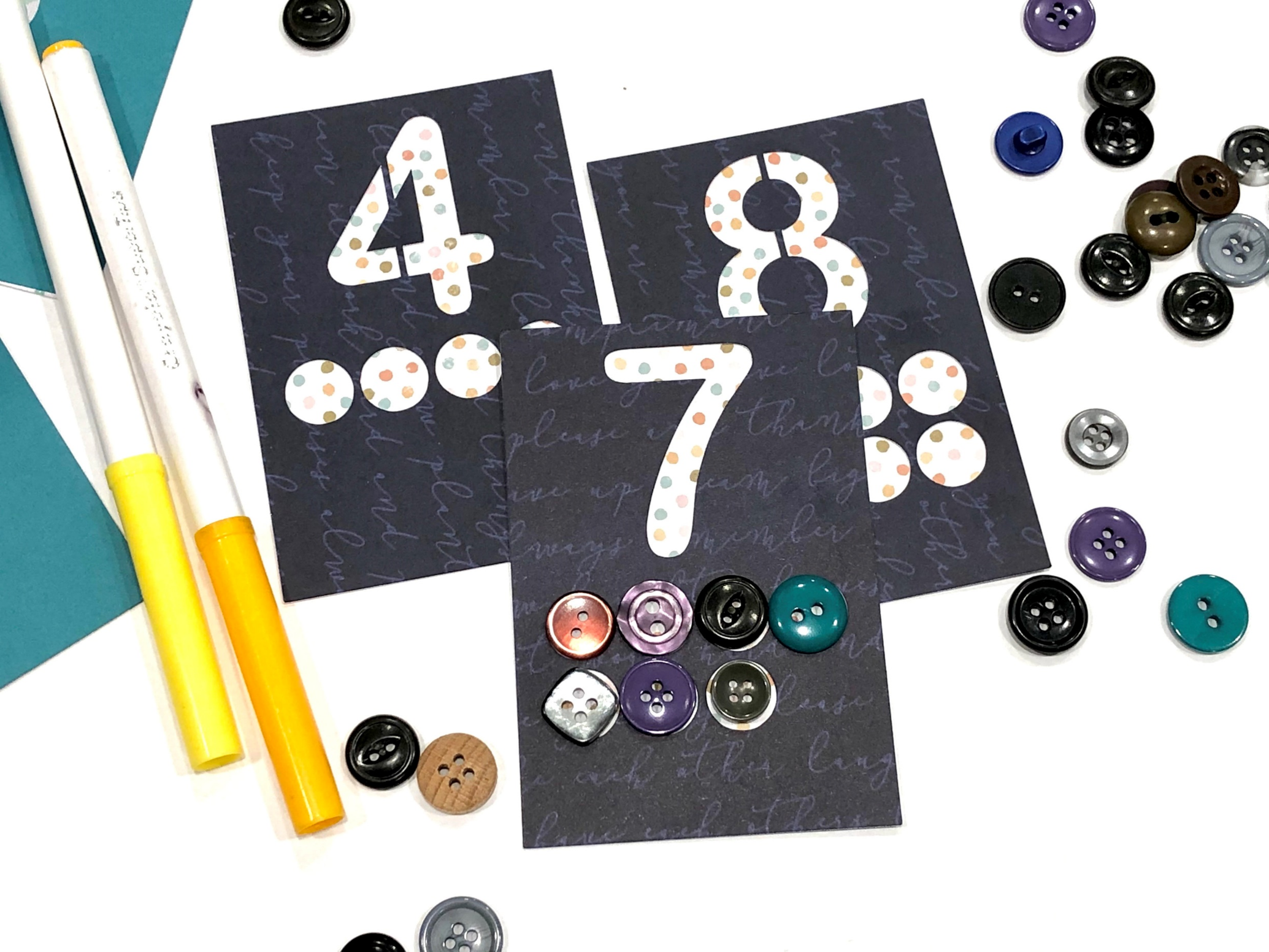
Counting cards are a fun and tactile activity that each child can assemble and complete. I like the paper cut kind over the printouts because of the small well created by the cut-out circles. They are perfectly sized for a Cheerio, button, or small coin. For more durability, these can be cut with thicker cardstock or they can be laminated after they are assembled. The pattern for this style of the card can be found here.
Numicons
![]()
While Numicons hasn’t taken off in my area as the teaching tool of choice, this simple ten-frame manipulative comes with lots of activity support and worksheets from educators in the UK. The consistent shapes of Numicons push simple digits past the Roman numeral and allow kids to visually size up values as a coherent whole instead of one digit in an array. These have been great for comparing, rounding, addition, and subtraction under or close to 20. If you haven’t had a chance to work with Numicons I suggest you check them out for your counting and basic addition lessons. You can get the file to make your own here.
Counters
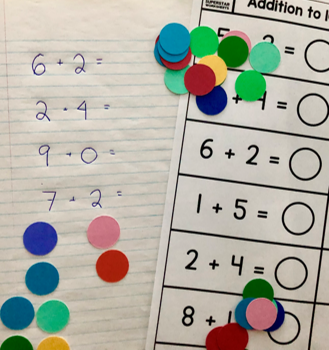
Perhaps the most important tools for math are the most straightforward – counters! Simple tokens can quickly and easily be cut with any digital paper cutter and basic software. I love having lots of counters for kids to glue down onto worksheets or even cut out numbers of their own. Counters don’t take special equipment; while I have a Cricut, I often find myself using my plain old paper punch to work through scrap paper while catching up on my favorite shows.
What do you make with your Cricut for your classroom? Share in the comments below.

About the Author: Kate Staples is a Cricut project designer at the Etsy shop Hands-On School House which specializes in classroom cut files (www.handsonschoolhouse.etsy.com). With kids finishing and starting school, she runs the gambit of games, crafts, and manipulatives with her digital paper cutter. She lives in Alberta, Canada, with her 4 kids, 2 dogs, 12 cows, and one very busy husband.
If you like it, then pin it!
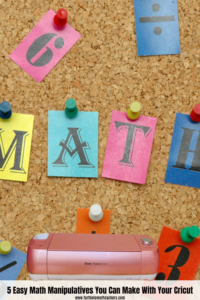
Thanks for reading!
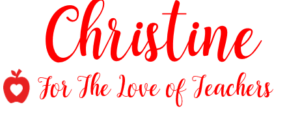

Christine Weis is a passionate educator, classroom management coach, wife, and mom of two busy boys. She enjoys teaching, writing, and creating resources for teachers.




We have a Cricut, but I haven’t used it very much. It is nice to have creative and useful ideas like this.
Wow, I feel like I have been living behind the moon, have never heard of a digital paper cutter before – thanks for sharing your insight!
I would make fraction tiles. Yours are so pretty! Thanks for sharing.
I really want to have my own Cricut machine. I can do so many DIY projects. Great photos!
Visual aids work wonder with kids. This is such a great blog post.
I really love these. They’re perfect for homeschooling or for reinforcing the lessons the kids are having at school.
I used to tutor kids when i was in college and teaching Math is one of the trickiest parts. Most kids apparently do not enjoy it but having these fun visuals is an effective approach. They do enjoy fun interactions without knowing that they are actually learning math. Personally, i love playing tangram puzzles so i would love to have those pattern blocks. Thank you for sharing these..
Great ideas! I find math to be extremely challenging so we can at least make it fun and interesting.
teaching kids requires a lot of things. One of the best purchases for hands on learning are manipulatives. Anything the kids can pick up, handle, and move around will help concrete learners.
The cricut machine is so awesome. These math manipulatives are great too, the perfect way to teach kids math.
These are really great. Visual aids are always excellent, especially for math. I love that you can make these yourself.
My daughter greatly enjoyed using numicons in class when she was younger. The visual element just made grasping maths basics so much easier for her.